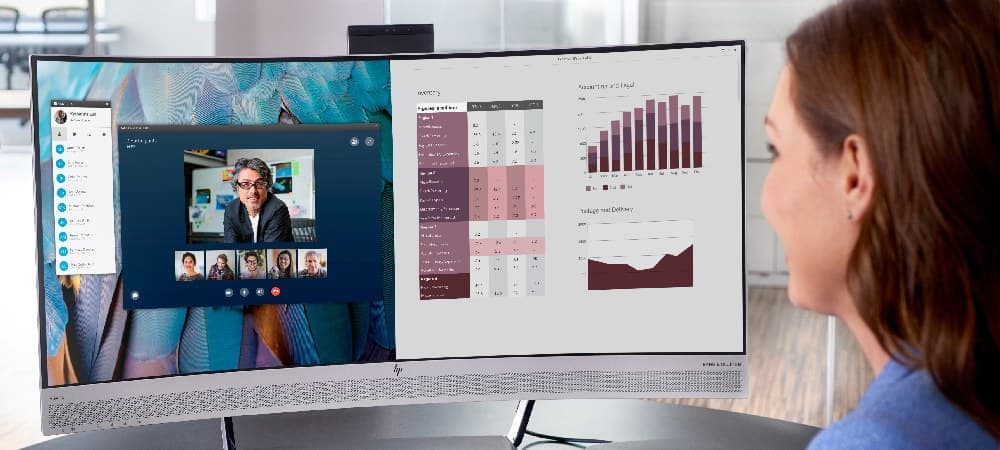The Kenbak-1 is generally regarded as the world’s first personal computer. Only 50 were ever built, and they cost $750 in 1971 (more than $5,000 in today’s dollars). It had just 256 bytes of RAM, and while there was no true microprocessor as we know it in modern times, its processing speed was the equivalent of 1 megahertz. In comparison, the recent
HP Pavilion All-in-One has 16 gigabytes of RAM and 20 gigahertz of processing speed. PC specs have certainly come a long way in the past 50 years!
The
HP research team has reviewed some of the most popular personal computers throughout history to see just how computer specs have changed over time.
How Computers Specs Have Changed Through the Years
These are some of the most popular early home computers and their modern counterparts along with their processor and memory specifications.
Year | Personal Computer | Processor Speed | Memory |
1971 | Kenbak-1 | 1.00 megahertz | 256 bytes |
1977 | Apple II | 1.023 megahertz | 4 kilobytes |
1982 | Commodore 64 | 1.02 megahertz | 64 kilobytes |
1984 | Apple Macintosh | 7.83 megahertz | 128 kilobytes |
1992 | IMB ThinkPad 300 | 25 megahertz | 4 megabytes |
1998 | Apple iMac | 233 megahertz | 32 megabytes |
2004 | Sony VAOI PCV-V200G | 1.50 gigahertz | 256 megabytes |
2011 | Acer Chromebook | 1.66 gigahertz | 8 gigabytes |
2016 | Acer Aspire E 15 | 2.20 gigahertz | 8 gigabytes |
2020 | HP Pavilion All-in-One | 2.0 gigahertz | 16 gigabytes |
It’s easy to see how quickly computer technology has advanced in recent years. In 1998, one of the most common personal computers had just 32 megabytes of RAM and 233 megahertz of processing speed. By 2004, that increased to 256 megabytes of RAM and 1.50 gigahertz of processing speed.
What Are Good PC Specs?
Personal computer specifications vary greatly depending on what the computer’s intended use is. Home computers or computers that will be used in the office generally require less advanced specifications than a
gaming computer or one used for graphic design.
Processor speed is one of the most important specifications when you’re looking to purchase a new personal computer. The central processing unit (CPU) is regarded as the “brain” of a computer. Typically measured in gigahertz, processing speed indicates the number of instructions per second a computer is able to execute. Whether a computer’s processor is able to process information and instructions quickly or slowly can have a huge impact on a user’s experience.
Another important specification to consider when purchasing a computer is its random access memory or RAM. RAM gives software and applications a place to store and access data in the short term so that it can be accessed quickly. A computer’s performance is directly related to the amount of RAM installed.
Luckily, if a computer is sluggish or doesn’t seem to have enough memory to run needed applications, both processors and RAM on a personal computer can be upgraded. When
upgrading RAM or processors, users should verify that the new hardware is compatible with their PC. Some computers have limitations on how much RAM can be added or which processors work with their motherboards.



















